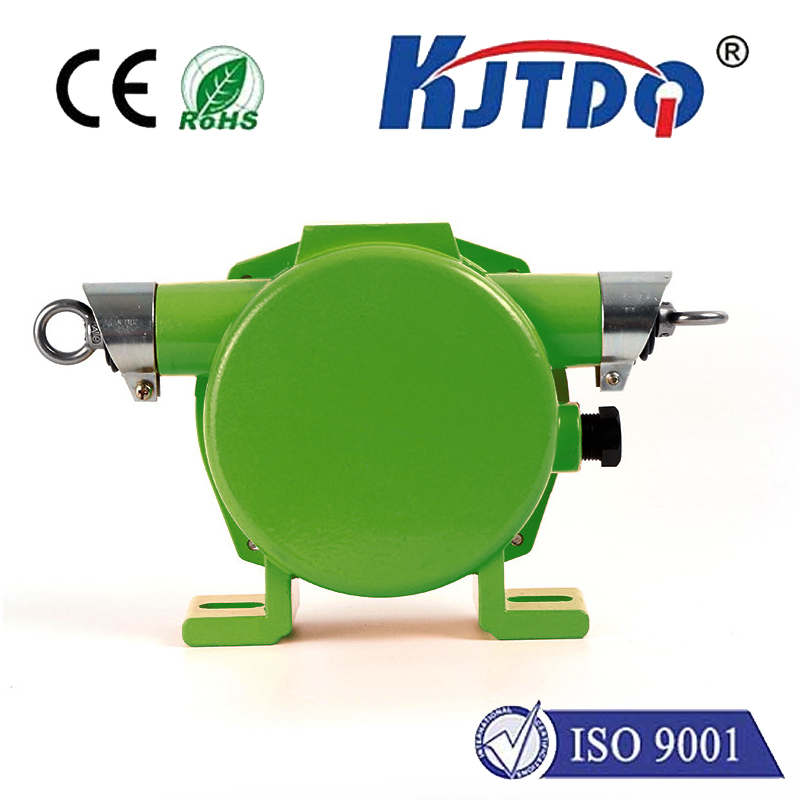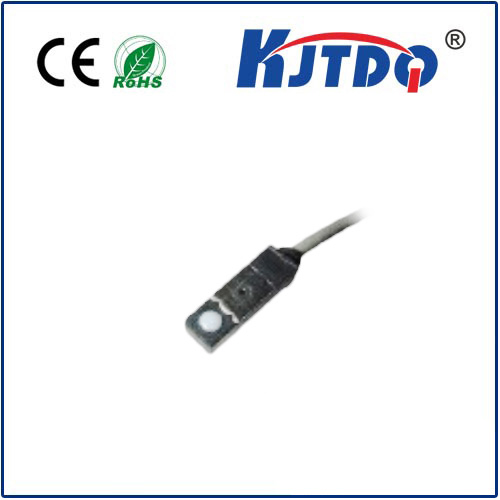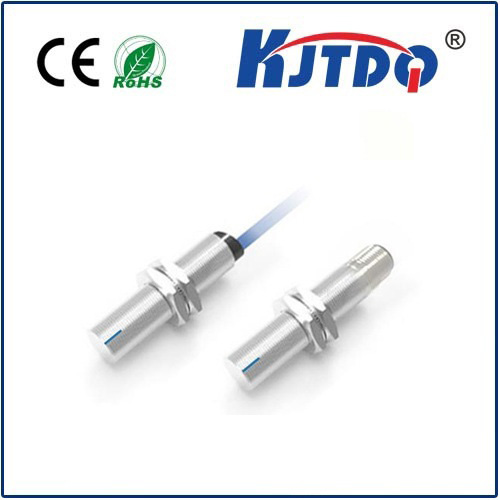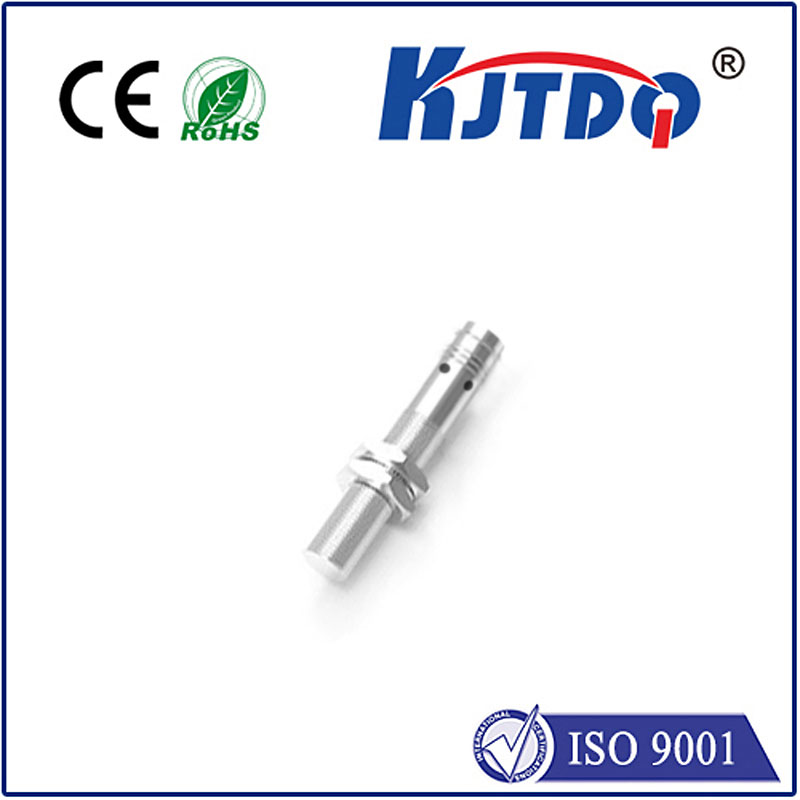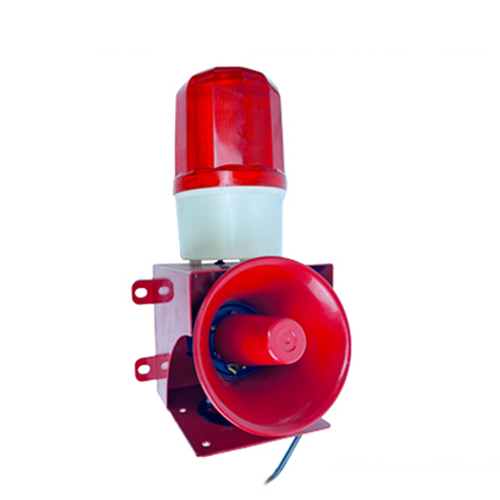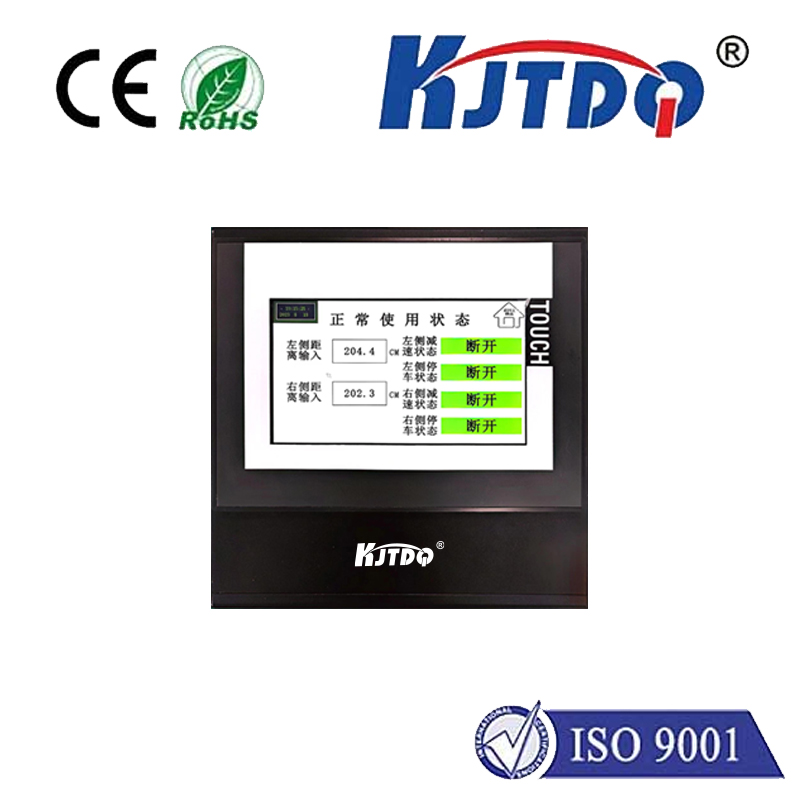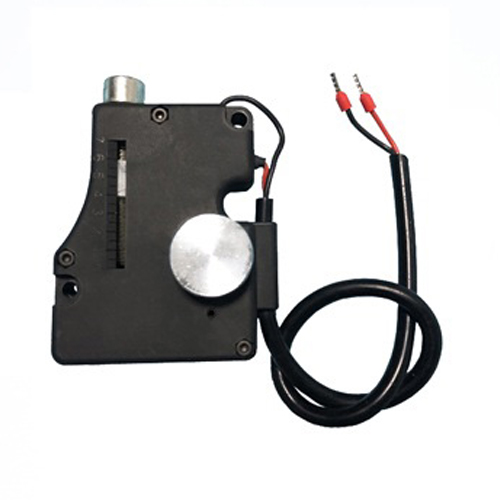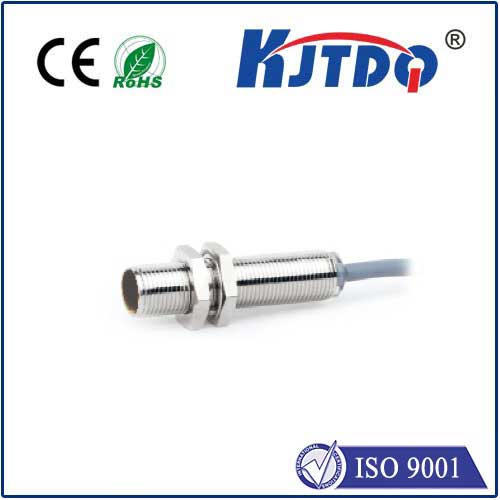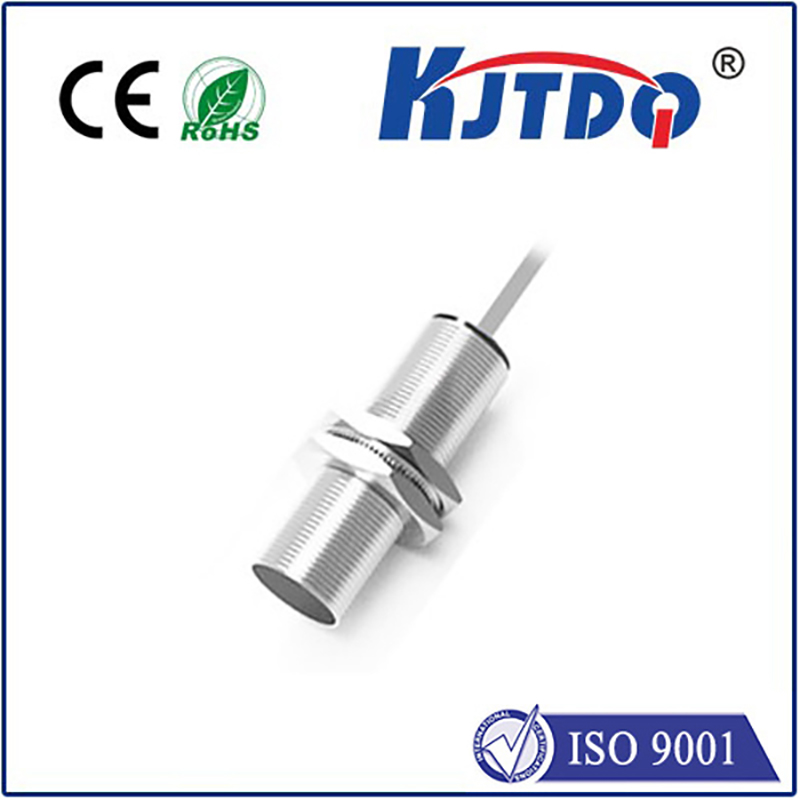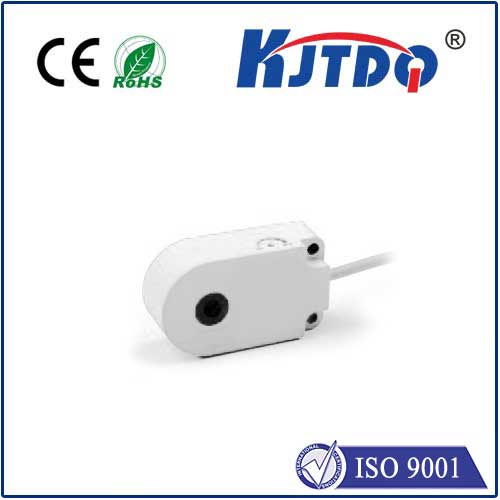BES02PU proximity sensor
- time:2025-10-02 08:00:52
- Click:0
Beyond the Touch: Unveiling the Power of the BES02PU Proximity Sensor
In the intricate ballet of modern automation, where machines perform with astonishing precision, countless unseen heroes work tirelessly behind the scenes. Among them, proximity sensors stand as silent sentinels, detecting presence without physical contact, enabling seamless control and safeguarding operations. And when reliability, robustness, and precise non-contact detection are paramount, the BES02PU proximity sensor consistently earns its place on the factory floor. This article delves into the capabilities and applications of this specific industrial workhorse.
The Unseen Guardian: How the BES02PU Operates
At its core, the BES02PU is an inductive proximity sensor. This technology relies on a fundamental principle of physics: electromagnetic induction. The sensor generates a high-frequency oscillating electromagnetic field from its active face. When a metallic target (like steel, aluminum, brass, or copper) enters this field, eddy currents are induced on the surface of the target. These eddy currents draw energy from the sensor’s oscillating circuit, causing a measurable change in its amplitude or frequency. The sensor’s integrated electronics detect this change and trigger a solid-state switching output, signaling the presence of the target – all without any physical contact.
This non-contact nature is a defining advantage. It eliminates mechanical wear and tear, dramatically extending the sensor’s operational lifespan compared to mechanical switches. It also allows for incredibly fast response times, often measured in microseconds, making it perfect for high-speed counting, positioning, and verification tasks common on production lines.

Engineered for the Demanding Environment: Key Features of the BES02PU
The designation “BES02PU” points towards specific characteristics, typically associated with Balluff sensors (a major manufacturer), though exact specifications should always be verified against the specific datasheet. However, sensors within this family generally share common robust features tailored for industrial use:
- Robust Housing & Protection: Built to withstand the rigors of factory life, the BES02PU usually features a robust stainless steel housing (often V4A/AISI 316L grade). Critically, it boasts an IP67 rating (Ingress Protection). This means it’s completely protected against dust ingress and can withstand temporary immersion in water up to 1 meter deep for 30 minutes. This resilience is essential for environments prone to washdowns, coolant spray, dust, or oil mist.
- Sensing Distance: As a standard inductive sensor, the BES02PU typically offers a nominal sensing range (Sn) suitable for common detection tasks (e.g., 2mm or 4mm). This range is calibrated for specific target materials (usually mild steel). Remember, the actual usable sensing distance can be less for non-ferrous metals.
- Connection & Output: The “U” suffix often indicates a specific connection type, commonly an M12 connector offering quick, reliable, and vibration-resistant plug-and-play connectivity. The output is typically a solid-state PNP, Normally Open (NO) configuration. This means it outputs a positive voltage (+24V DC) when a target is detected, providing compatibility with most modern programmable logic controllers (PLCs) and control systems. Some variants might be NPN.
- Electrical Specifications: Designed for standard industrial voltage levels, the BES02PU typically operates on 10-30V DC, making it easy to integrate into common control panels. Its output current rating (e.g., ≤ 200 mA) is sufficient to drive PLC inputs or small relays directly.
- High Switching Frequency & Response Time: Engineered for speed, these sensors offer very high switching frequencies, allowing them to accurately detect rapidly passing or vibrating targets. This high speed is crucial for tasks like monitoring fast-moving conveyor belts or counting small parts.
- Short-Circuit & Reverse Polarity Protection: Essential features for preventing damage due to accidental wiring errors or electrical faults, enhancing overall system reliability and reducing downtime. Overvoltage protection is also critical in electrically noisy environments.
- Temperature Resilience: Industrial environments aren’t climate-controlled. The BES02PU is designed to operate reliably across a wide temperature range, often from -25°C to +70°C (-13°F to +158°F), ensuring consistent performance in demanding conditions.
Where the BES02PU Shines: Practical Applications
The combination of reliability, ruggedness, and precise non-contact detection makes the BES02PU proximity sensor incredibly versatile across numerous industries:
- Manufacturing & Assembly Lines: Detecting the presence or absence of parts on conveyors, verifying correct positioning of components (e.g., cylinder end positions), confirming tool changes on CNC machines, and counting products with speed and accuracy. Its IP67 rating makes it ideal for areas exposed to coolants.
- Packaging Machinery: Monitoring fill levels (metal containers), detecting caps or lids, controlling gripper positions, and ensuring proper transfer of packaged goods. Fast response times are key here.
- Material Handling: Verifying pallet presence, detecting metal components on sorting lines, and monitoring the position of lifts, slides, and clamps.
- Automotive Industry: Widely used in engine assembly, transmission lines, robotic welding cells, and paint shops (where its stainless steel housing provides excellent chemical resistance). High reliability is non-negotiable in this sector.
- Food & Beverage Processing: Its stainless steel construction and IP67 protection allow it to perform reliably in washdown environments, detecting metal containers, monitoring valves and actuators, or verifying machine guards are closed.
Why Choose the BES02PU? Competitive Advantages Summarized
Selecting the BES02PU proximity sensor isn’t just about picking a component; it’s an investment in operational stability and efficiency. Its key advantages solidify its position:
- Exceptional Reliability & Long Service Life: The non-contact principle and robust build minimize wear and failure points.
- High Resilience: The stainless steel housing and IP67 rating provide outstanding protection against harsh industrial elements – impact, vibration, dust, moisture, and aggressive media.
- Ultra-Fast Response: Enables use in high-speed applications where microseconds matter.
- Maintenance-Free Operation: Once installed correctly, it requires no ongoing maintenance.
- Ease of Integration: Standardized M12 connectors, common voltage ranges, and PNP (or NPN) outputs simplify connection to existing control systems.
In conclusion, the BES02PU proximity sensor embodies the blend of precision, durability, and reliability demanded by modern industrial automation. Its inductive sensing principle, encapsulated within a rugged, protected housing, makes it a fundamental, often unseen, yet utterly critical component in countless machines and production lines worldwide. When your application requires dependable non-contact metal detection that can stand up to tough conditions, the BES02PU delivers consistent performance, shift after shift.






